2023 Guide to Air Conditioning Systems: Understanding SEER Ratings and Energy Efficiency for Your Home
In the pursuit of creating a comfortable living environment, understanding air conditioning systems is crucial for homeowners. As we navigate through the increasing temperatures, it becomes essential to consider not only the cooling efficacy of these systems but also their energy efficiency. According to the U.S. Department of Energy, air conditioning units account for about 6% of all electricity produced in the United States, which emphasizes the critical role of SEER (Seasonal Energy Efficiency Ratio) ratings in assessing energy performance. Higher SEER ratings indicate more efficient systems, leading to lower utility bills and reduced environmental impact. A 2022 report from the American Society of Heating, Refrigerating and Air-Conditioning Engineers (ASHRAE) indicates that upgrading to a more efficient model can result in energy savings of up to 50%. Therefore, a comprehensive understanding of these ratings and their implications for air conditioning systems will empower homeowners to make informed decisions that benefit both their comfort and their finances.
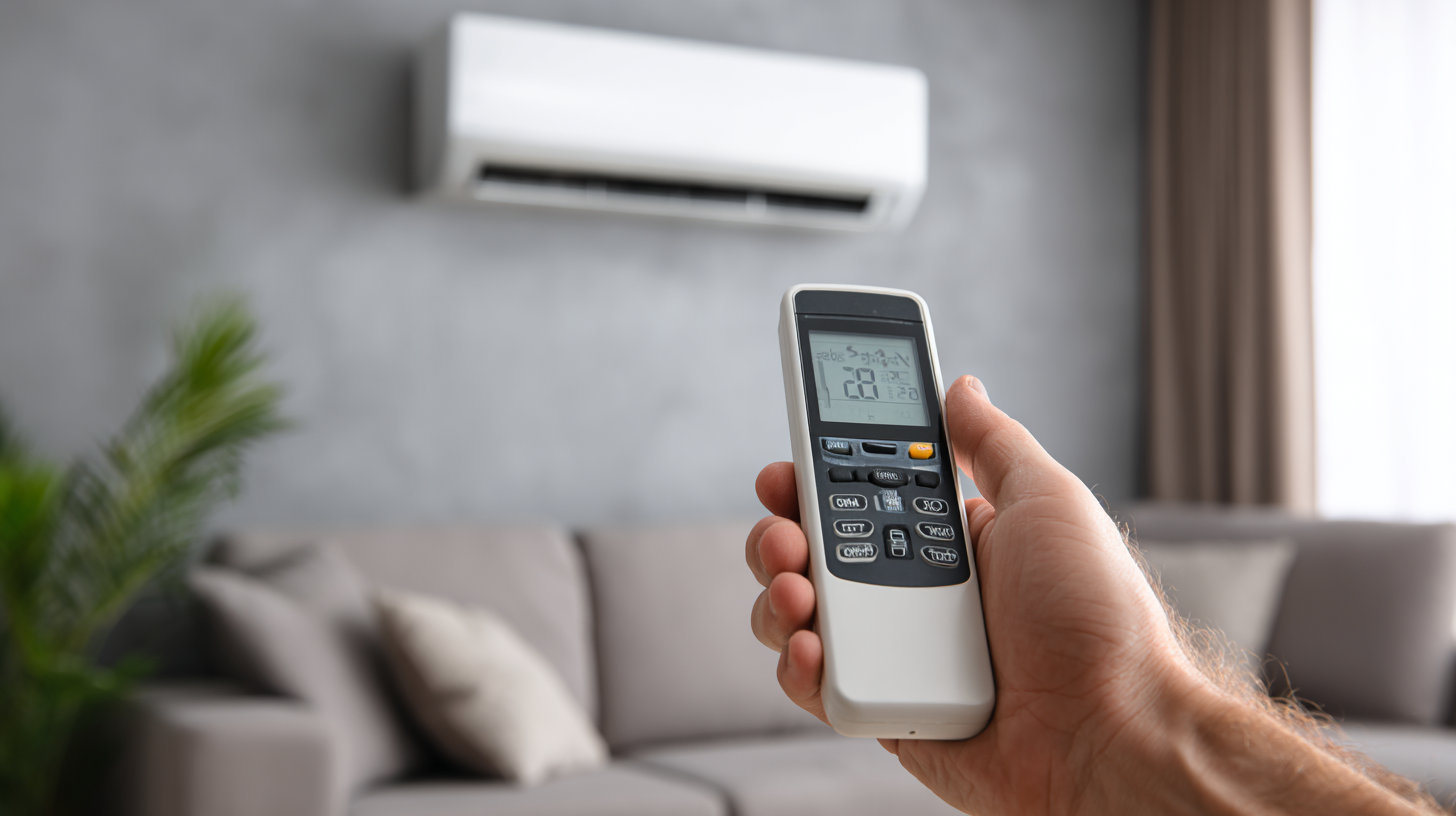
Understanding SEER Ratings: What They Mean for Your Home's Cooling Efficiency
Understanding SEER ratings is crucial for homeowners looking to enhance their cooling efficiency and reduce energy costs. The Seasonal Energy Efficiency Ratio (SEER) measures the cooling output of an air conditioning system over a typical cooling season divided by the energy consumed in watt-hours. A higher SEER rating indicates a more efficient unit, which can lead to significant savings on energy bills. As the demand for energy-efficient home systems increases, consumers should pay close attention to these ratings when selecting an air conditioner to ensure they are investing in a product that provides both comfort and cost-effectiveness.
In 2023, new regulations have elevated the minimum efficiency requirements for residential central air conditioning units and heat pumps, further emphasizing the importance of SEER ratings. Homeowners in search of the best systems can benefit from understanding the differences between various cooling options available in the market. With advancements in technology, many modern units offer enhanced energy-saving features that not only improve cooling efficiency but also align with sustainability goals, helping to reduce the overall energy footprint of households. As you evaluate your options, consider not just the initial cost but the long-term benefits of investing in a system with a superior SEER rating.
2023 Guide to Air Conditioning Systems: Understanding SEER Ratings and Energy Efficiency for Your Home
| AC System Type | SEER Rating | Estimated Annual Energy Cost ($) | Cooling Capacity (BTU/h) | Energy Efficiency Class |
|---|---|---|---|---|
| Central Air Conditioning | 16 | $1,200 | 24,000 | A+ |
| Ductless Mini-Split | 22 | $900 | 18,000 | A++ |
| Window Air Conditioner | 12 | $300 | 10,000 | B |
| Portable Air Conditioner | 8 | $400 | 8,000 | C |
Comparing Energy Efficiency: How to Choose the Best Air Conditioning System
 When choosing the best air conditioning system for your home, understanding SEER (Seasonal Energy Efficiency Ratio) ratings is crucial. SEER ratings indicate the efficiency of an AC unit over a typical cooling season, with higher ratings signifying more energy-efficient systems. According to the U.S. Department of Energy, air conditioners manufactured after 2015 must have a minimum SEER rating of 14, but opting for models with SEER ratings of 16 or higher can lead to significant savings on energy bills. A study by the Environmental Protection Agency suggests that upgrading to a system with a SEER of 16 can save homeowners around 20% on cooling costs compared to a unit with a lower rating.
When choosing the best air conditioning system for your home, understanding SEER (Seasonal Energy Efficiency Ratio) ratings is crucial. SEER ratings indicate the efficiency of an AC unit over a typical cooling season, with higher ratings signifying more energy-efficient systems. According to the U.S. Department of Energy, air conditioners manufactured after 2015 must have a minimum SEER rating of 14, but opting for models with SEER ratings of 16 or higher can lead to significant savings on energy bills. A study by the Environmental Protection Agency suggests that upgrading to a system with a SEER of 16 can save homeowners around 20% on cooling costs compared to a unit with a lower rating.
Tips: Before making a purchase, consider getting a home energy audit. This assessment can help identify specific cooling needs and ensure that you choose a system that fits your home effectively. Additionally, check for ENERGY STAR® certifications, as these models meet strict efficiency guidelines set by the EPA.
Another important factor in your decision is the size of the air conditioning system. A unit that is too small will struggle to cool your home, leading to increased wear and higher energy costs, while one that is too large can cycle on and off too frequently, also wasting energy. The Air Conditioning Contractors of America emphasizes the importance of a professional load calculation to determine the appropriate system size, ensuring you achieve optimal performance and comfort.
Maximizing Comfort: Tips for Optimizing Your Home's Air Conditioning Performance
When it comes to optimizing your home’s air conditioning performance, understanding SEER (Seasonal Energy Efficiency Ratio) ratings is key. A higher SEER rating indicates a more energy-efficient unit, which can significantly reduce your electricity bills during the sweltering summer months. According to the latest industry data, air conditioners with a SEER rating of 16 or higher can lead to savings of approximately 30% in energy costs compared to those with lower ratings. This improvement isn't just beneficial for your wallet; it also contributes to reducing your carbon footprint, making your home more environmentally friendly.
Moreover, it’s essential to consider the proper runtime for your AC system. While local conditions, like those in Pune where summer temperatures often soar, dictate usage, running your air conditioner for longer periods at a moderate setting can enhance comfort and efficiency. Setting the thermostat at 75°F, instead of lower settings, combined with regular maintenance can lead to optimal performance. Reports suggest that maintaining your AC unit ensures it operates at peak performance, preventing energy drifts and costly repairs. Embracing smart technologies, such as programmable thermostats, can further help balance comfort, efficiency, and cost.
Cost vs. Efficiency: Balancing Initial Investment with Long-Term Savings
When considering air conditioning systems for your home, the balance between cost and efficiency is paramount. While high-efficiency models with elevated SEER (Seasonal Energy Efficiency Ratio) ratings typically come with a higher upfront price tag, they often lead to substantial savings over their lifespan. Investing in a system with a higher SEER rating can result in lower energy bills, as these units convert more energy into cooling output. Homeowners should calculate potential savings by considering their local electricity rates and expected usage, allowing for a clearer understanding of how initial costs can translate into long-term financial benefits.
However, it's essential to analyze individual circumstances and preferences. For some homeowners, the immediate budget constraints may necessitate choosing a less expensive, lower-efficiency unit. While this decision may seem financially prudent initially, it can lead to higher operational costs and increased maintenance over time. Striking the right balance requires careful consideration of both the initial investment and ongoing expenses, ensuring that the chosen system aligns with both financial plans and comfort needs in the long run.

Maintenance Matters: Essential Tips for Extending the Life of Your AC System
Proper maintenance of your air conditioning system is crucial for ensuring its longevity and efficiency. Regularly changing or cleaning the air filters is one of the simplest yet most effective ways to maintain your AC. Clogged filters can restrict airflow, making the system work harder and leading to increased energy consumption. By keeping filters clean, you not only enhance the air quality in your home but also help your system operate at its optimal efficiency.
Additionally, scheduling professional maintenance at least once a year can significantly extend the life of your AC unit. During these visits, technicians can inspect and clean essential components such as coils and drainage systems. They can also identify potential issues before they become major problems, which can save you from costly repairs down the line. Regular checks will also ensure that your unit is running in accordance with its SEER rating, enabling you to enjoy a comfortable home environment without unnecessary energy expenses.
Understanding SEER Ratings and Energy Efficiency for Your Home
This chart illustrates the relationship between SEER ratings and the estimated annual energy consumption of various air conditioning systems, helping homeowners to choose an energy-efficient option for their needs.
Related Posts
-
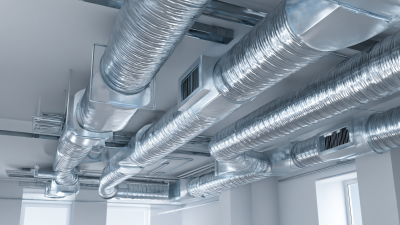
Understanding the Importance of Proper Air Conditioning Duct Installation for Energy Efficiency
-
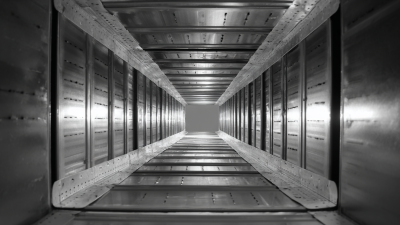
The Ultimate Guide to Understanding Air Conditioning Trunking: Benefits and Installation Tips
-
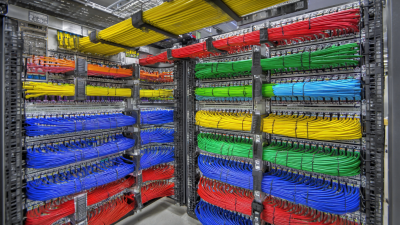
Understanding AC Trunking: A Comprehensive Guide to Efficient Cable Management Solutions
-

Ultimate Guide to Efficient Air Conditioning Installation for Your Home Comfort
-
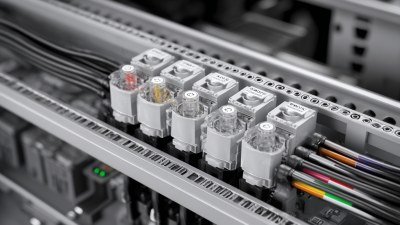
Exploring the Advantages of AC Trunking for Modern Electrical Systems
-

How to Choose the Right Residential Air Conditioning Installation for Your Home Comfort Needs